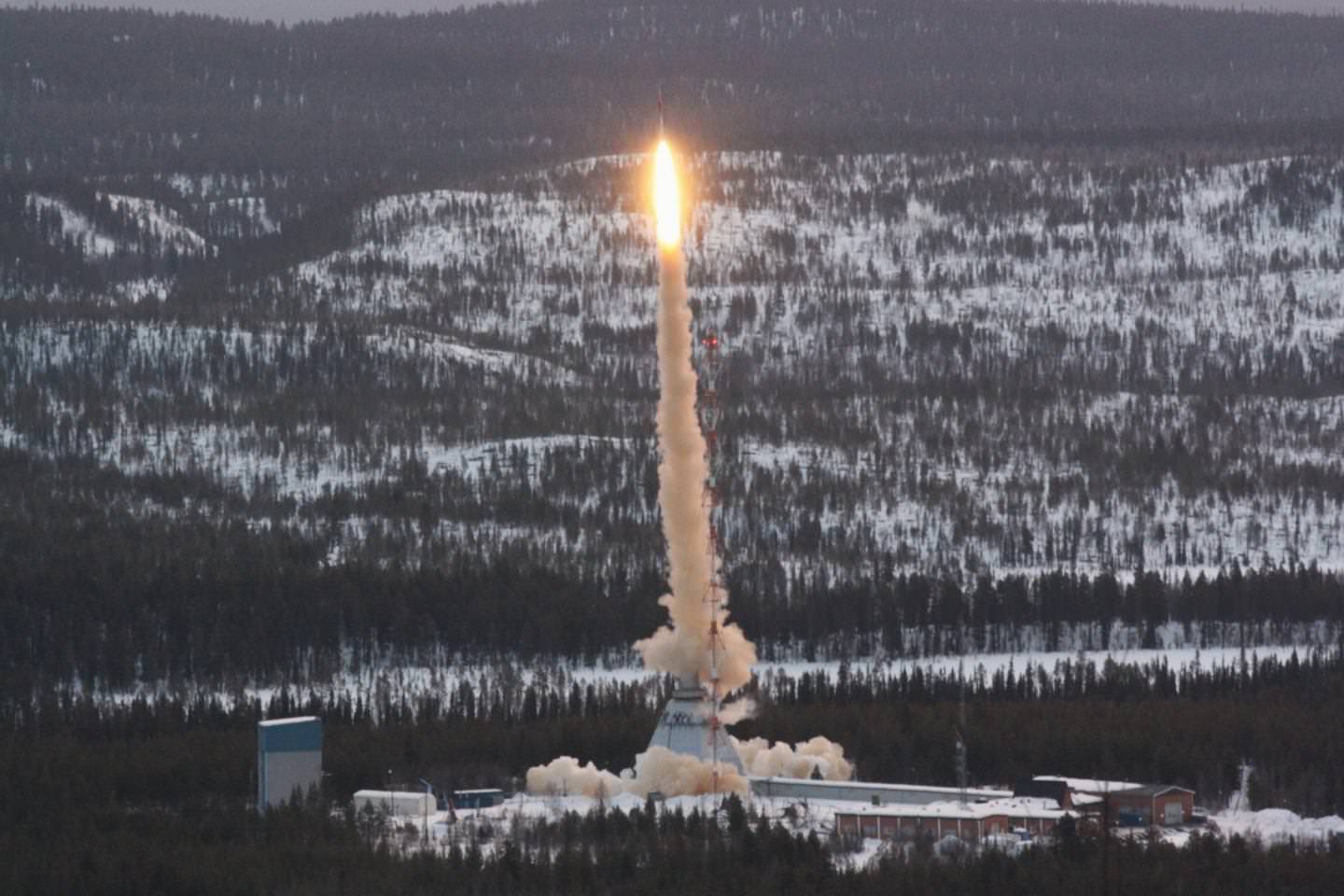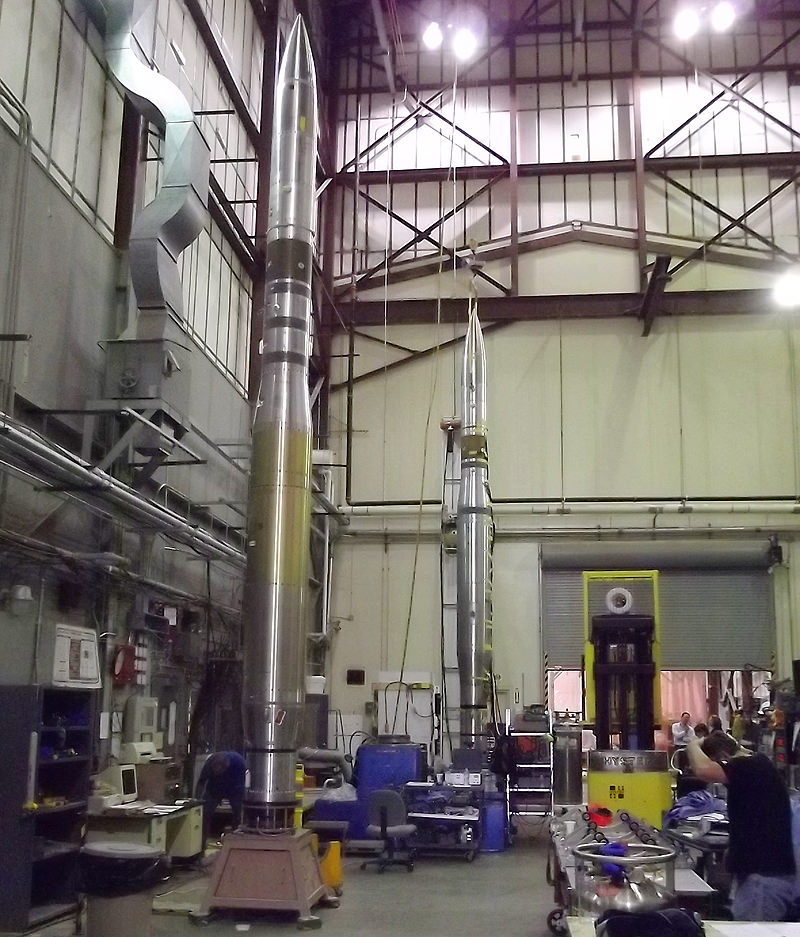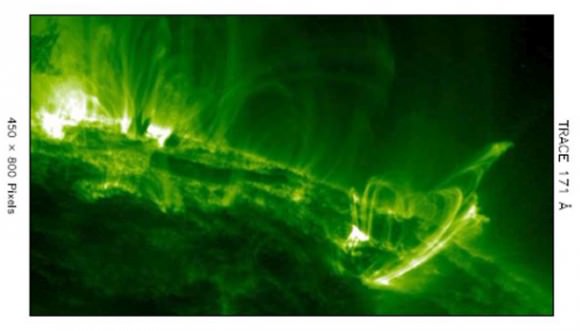So how ’bout those planetary protection agreements? Turns out that plasmid DNA — the kind that exists in bacterial cells — may be able to survive a rocket trip to space, based on research with an engineered version. And if life’s building blocks can get there, perhaps they can even go beyond. The International Space Station? Mars?
This information comes from a single peer-reviewed study based on a sounding rocket that went into suborbital space in March 2011. Called TEXUS-49, its payload included artificial plasmid DNA that had both a fluorescent marker and an antibiotic resistance gene.
Even in the 13-minute flight, temperatures on the rocket exterior soared to 1,000 degrees Celsius (1,832 degrees Fahrenheit.) And remarkably, the DNA survived.
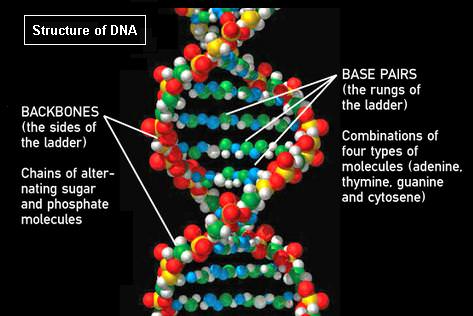
Not all of the DNA was working properly, though. Up to 35% of it had its “full biological function”, researchers stated, specifically in terms of helping bacteria with antibiotic resistance and encouraging the fluorescent marker to express itself in eukaryotic cells, the cell type found in animals and plants.
The next step, naturally, would be to test this theory with more flights, the authors suggest. But interestingly enough, DNA survival wasn’t even the intended goal of the original study, even though there are stories of simple life surviving for a time in space, such as spores on the exterior of the International Space Station shown in the image below.
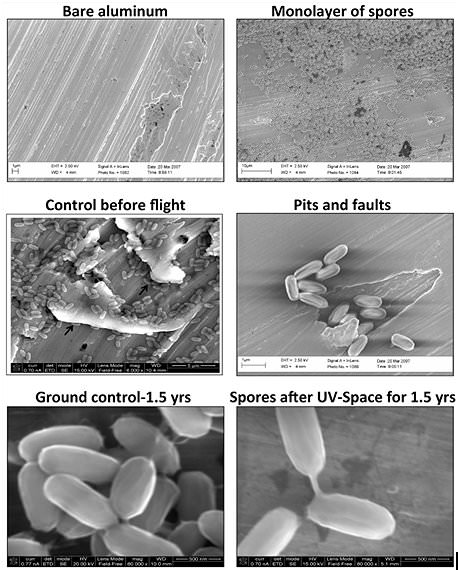
“We were totally surprised. Originally, we designed this experiment as a technology test for biomarker stability during spaceflight and re-entry,” the authors wrote in a statement for PLOS.
“We never expected to recover so many intact and functional active DNA. But it is not only an issue from space to Earth, it is also an issue from Earth to space and to other planets: Our findings made us a little bit worried about the probability of contaminating spacecrafts, landers and landing sites with DNA from Earth.”
You can read more about the study in the journal PLOS One. The research was led by the University of Zurich’s Cora Thiel.
Source: PLOS

